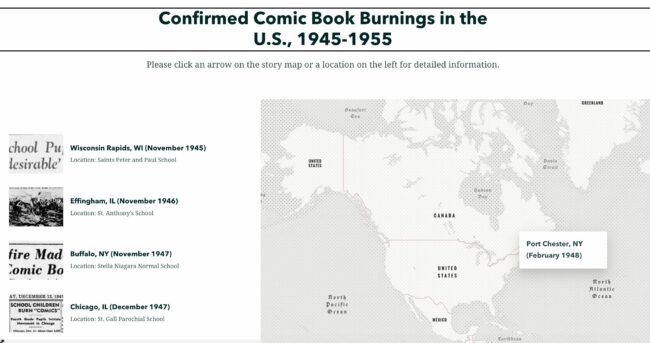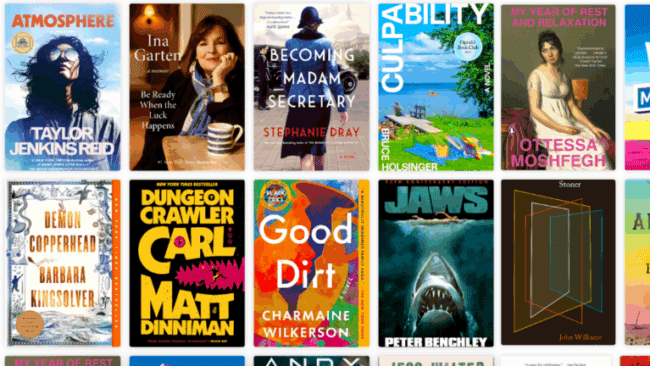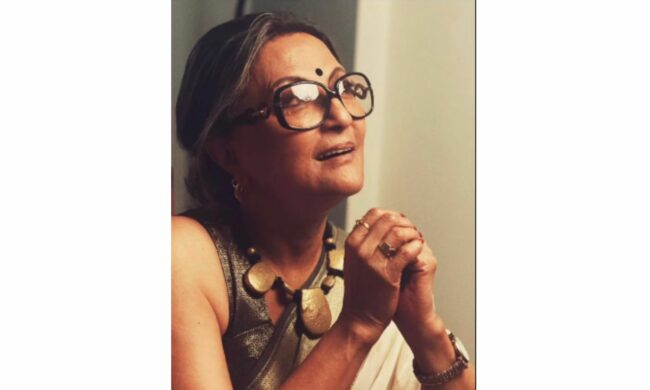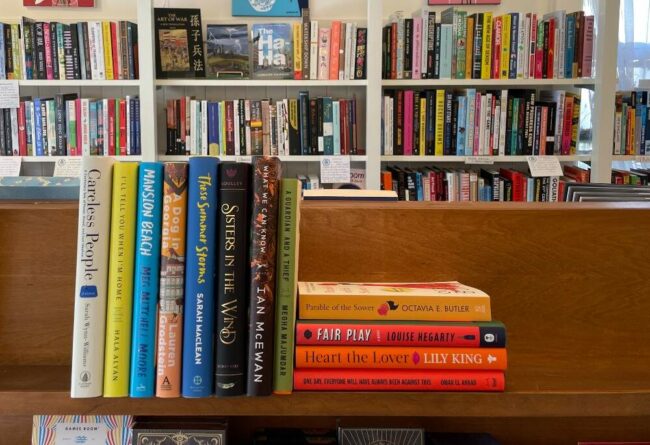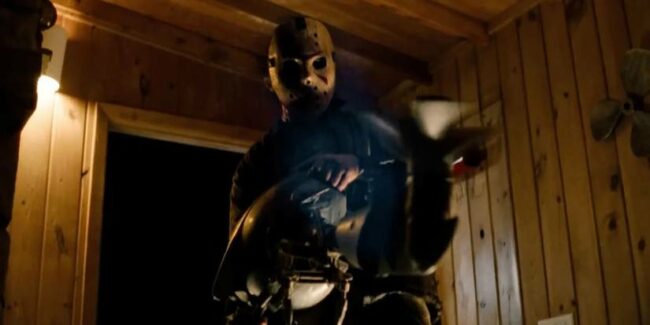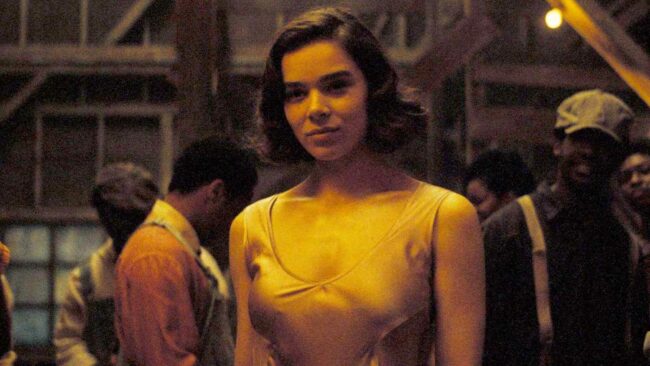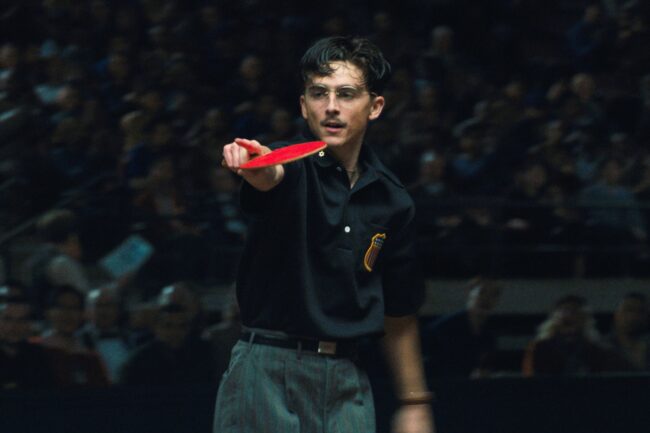Here Are 20 Money Books, Podcasts and Platforms That Financial Pros Swear By
… for their favorite money-related books, podcasts and internet accounts: … Enhancement, who says the book “offers a grounded … . Many. People. Suggested this book, including W. Michael Lofley, … Another Furer endorsement. This book compares the habits of UAWs …


